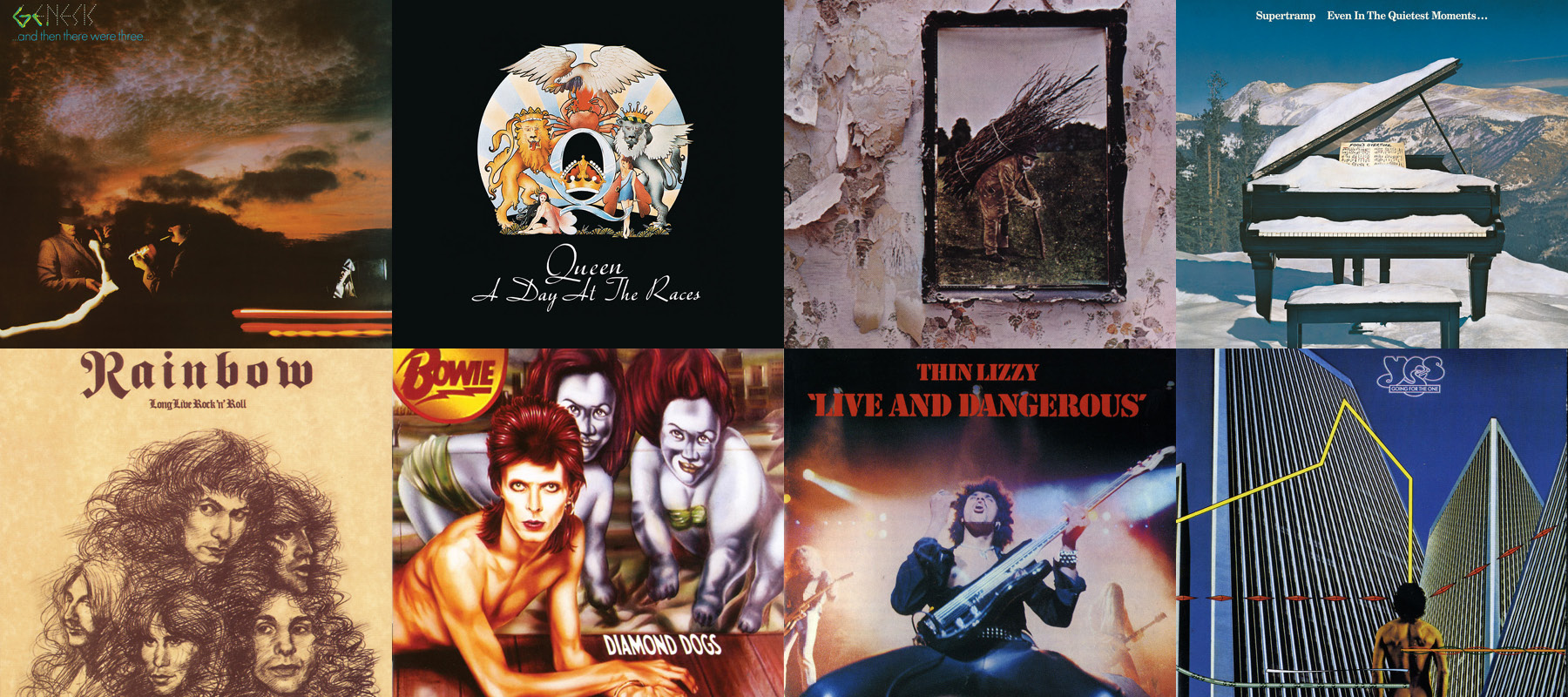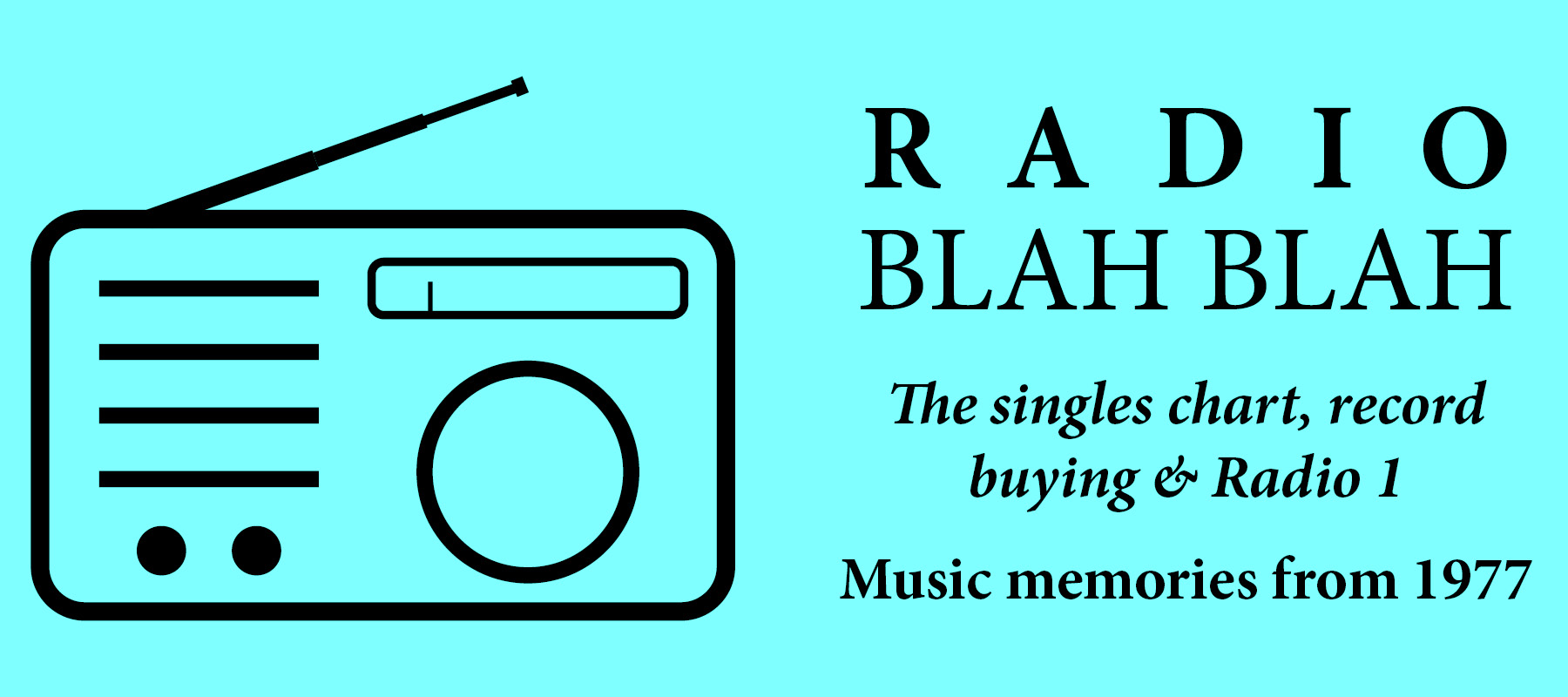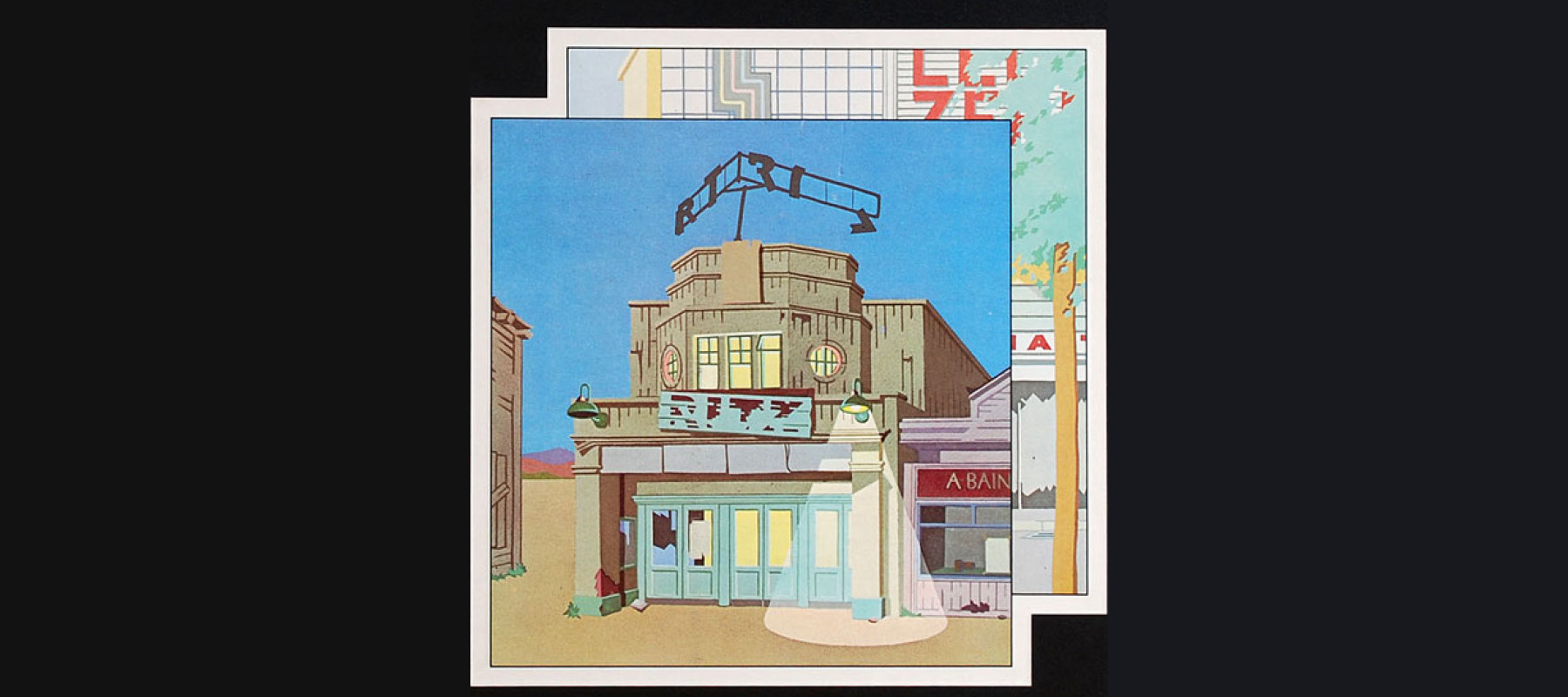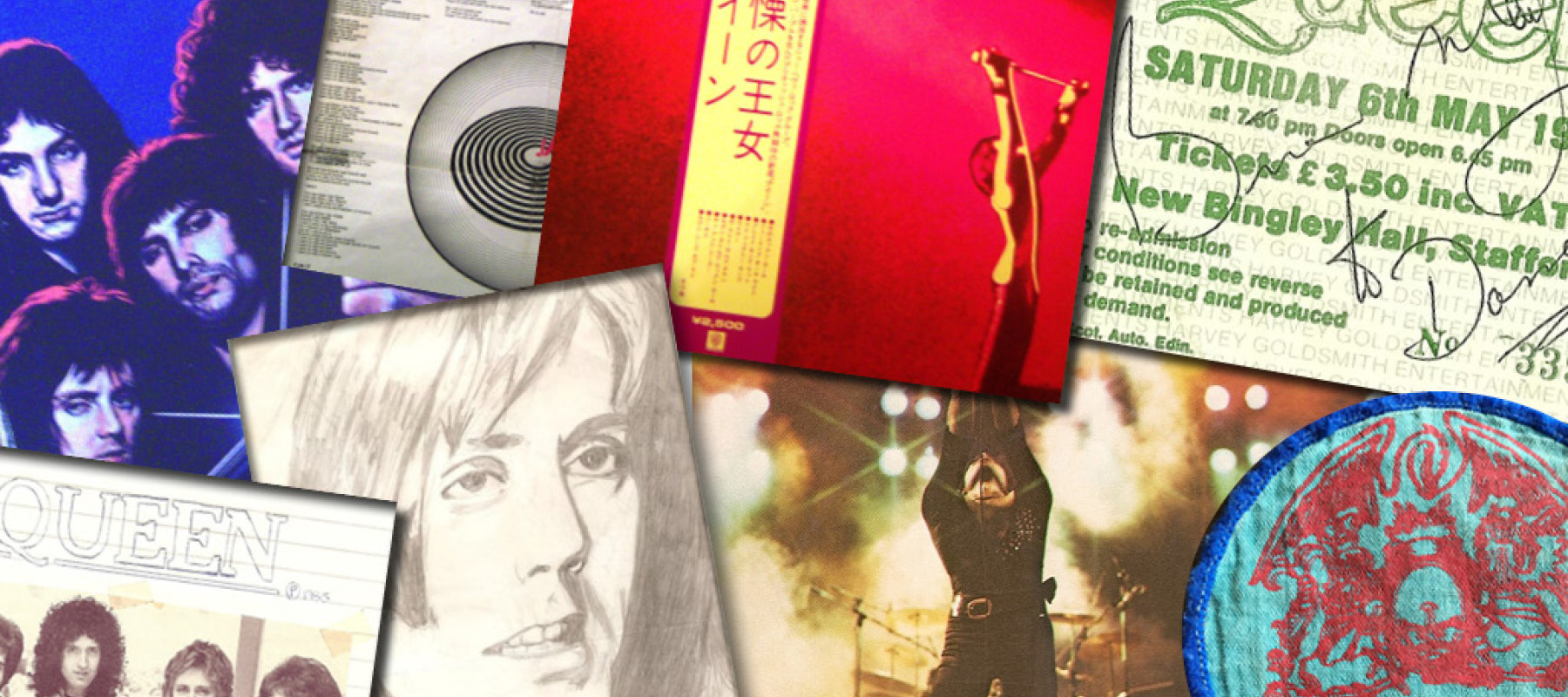My First Album Buys

Ah, memory. You taunt and tease us. You fade and frustrate us. You even make things up and lie to us. What a shit you are.
This post overlaps with and follows loosely on from Radio blah blah: Records and record buying in 1977, my blog of what I was listening to and buying in the year I first caught the pop/rock bug. This follow-up differs in two ways: it focuses on albums rather than singles and I have extended the timeframe to 1979.
Compiling a list of first album buys was always going to be a trickier task than the singles equivalent. Most of the singles I bought were in the charts at the time, so scrolling through the Top 50s for 1977 made it easy to establish a fairly accurate chronology. Not so with albums. That’s because I rarely bought anything newly released, concentrating instead on standout albums from the few groups I knew and liked.
For years I took it for granted that I graduated to serious record collecting in 1978, the year I started to listen to rock music fairly regularly. Now I am not quite so sure. It’s like trying to guess the big picture from a handful of jigsaw pieces. I am trying to connect a few specific but disjointed memories to put together a timeline that fits.
Here’s one memory, for example: receiving Queen’s News of the World album as a Christmas present in 1977. [Click here for more Queen memories.] Another is of wasting money on not one but two dreadful Top of the Pops albums (cover versions of chart hits played by an in-house band of session musicians).
A third is of asking Santa for a K-Tel compilation album called Disco Fever (No 1 in the album charts in November 1977). Those compilations were better than their Top of the Pops equivalents in that they featured original versions of songs, though with early fade-outs to fit in more tracks. I have no idea why I was obsessed with Disco Fever – the likes of Baccara, the Floaters and Hot Chocolate – but I was, for five minutes at least.
There are a few more jigsaw pieces like those lying around – mental snapshots that linger. Taken together, they suggest that in 1978 I was actually spending what little money I had on watching Bolton Wanderers. Like all my friends, I was football-mad as a kid. My local team, Wigan Athletic, were non-league at the time and Bolton were doing well, promoted that year from the then second division to the first (ie the equivalent of the Premiership). The colossal sum of £2 covered bus and train fare, a ticket for the match and a programme.
Anyway, the landmarks I hope to glimpse on this meander down a fog-blanketed Memory Lane are those first few albums I collected. It will have been a gradual, haphazard, toe-in-the-water process, checking if I liked the temperature. There is some guesswork: I could add the word ‘probably’ or ‘possibly’ to most of the sentences that follow, and apologies in advance for overuse of phrases like ‘I think’ and ‘at about this time’.
There was an album of TV themes in the house pre-1977 but, other than my dad’s small collection of easy listening stuff (think James Last and weep), no rock music – that is, until my (older) brother started to buy albums, beginning with Rush, that he had heard in school. The first ‘proper’ album I held in my hands may well have been Elton John’s Greatest Hits which my dad borrowed from somebody at work, the first and only time I remember him doing so. There are few better openings to an album — albeit a best-of — than Your Song followed by Daniel. I taped it – the first songs I ever taped that weren’t ruined by the DJ’s jibber-jabber.
The first album I bought – well, that was bought for me – was Queen’s A Day at the Races, possibly in Llandudno (Wales) and probably during the bank holiday week in late-May 1977.
A Day at the Races was my introduction, aged 10, to grown-up, relatively uncommercial rock music. I played it endlessly for days, weeks, months. This album shaped who and what Queen were in my mind – and what to expect from an album – at an age when I was naturally highly impressionable. I literally had nothing else to go off for a while.
Everything about A Day at the Races oozed sophistication, from the elegance of the gatefold sleeve to the sumptuous smorgasbord of musical styles. Here, it seemed to me, were four dedicated musicians producing serious art, a world away from glittery show-offs singing vacuous pop songs and hamming it up on Top of the Pops. From the moment that needle met vinyl and the Escher-esque ascending scale faded into Tie Your Mother Down, I was hooked.
It took about four months to record, which translated as forever to a ten-year-old. I read a Brian May quote that a record would be around for ever, meaning that you had a responsibility to make it as good as you possibly could: his sentiment resonated precisely with what I was hearing and feeling. A Day at the Races created a benchmark of quality and style in my mind that I still find myself judging records by to this day.
The year 1978 arrives and the fog of memory thickens somewhat. I bought the remaining Queen albums, working backwards from A Night at the Opera (which has Bohemian Rhapsody on it), but was still mainly taping from the radio. I began listening to the Great Easton Express on Liverpool-based Radio City, an evening rock show presented by the DJ Phil Easton which broadcast once or twice a week. He even read out a letter I sent in. Dear Phil, I am twelve and I listen to the show every night. I’m Queen mad. Please play X, Y or Z by them (all album tracks as opposed to singles, if memory serves). He actually played something I didn’t ask for.
I also listened to Alan Freeman’s Saturday rock show, broadcast simultaneously on Radio 1 and Radio 2 (meaning it was in stereo) at 3pm. Actually, I listened to the opening five minutes, the bit when he read out who was on that week’s playlist. I was still far too immersed in football at that age to miss the latest scores coming in – not to mention bewildered by a lot of what he was playing (King Crimson, Jethro Tull and Emerson, Lake and Palmer the likely culprits).
We went on a school residential to a place called Hammarbank in the Lake District in July 1978. It had a record player in what must have been a common room, and we played a copy of 24 Carat Purple (a sort of Deep Purple best-of) to death in the evenings. I have no idea who it belonged to. We happily headbanged (‘freaking out’, we called it) to side two: Speed King from In Rock and two tracks from the Made in Japan live album, Smoke on the Water and Child in Time. 24 Carat Purple was an early buy – and by far the heaviest record (single or album) I had in my collection.
Another Hammarbank favourite was the live single Rosalie by Thin Lizzy, which was a big hit. Cue another snapshot – on holiday somewhere, and me and my brother being treated to an album each of our choice. He may have plumped for All the World’s a Stage by Rush. My pick was definitely Thin Lizzy’s Live and Dangerous – which makes it a post-Hammarbank memory, probably the summer holidays. I associate all my childhood holidays, Christmases and birthdays with double albums. The Song Remains the Same, Seconds Out, Made in Japan, Stage (a David Bowie live album), The Wall – all too expensive for me to afford, all bought for me as treats or presents.
Another one was a fairly obscure film soundtrack album called FM. The film itself bombed: I don’t think even the most obscure of cable channels has ever shown it. Almost certainly I wanted the soundtrack because it included We Will Rock You (a hefty two minutes out of 80 minutes of music). Looking back at the track list, it is still too ‘American’ for my taste — James Taylor, the Doobie Brothers, Steely Dan, Linda Ronstadt — but I immediately warmed to Life in the Fast Lane (the Eagles), Life’s Been Good (Joe Walsh) and the more chart-friendly Lido Shuffle by Boz Scaggs.
At some point in 1978, I think, the local British Legion started an under-18s disco on Mondays, and the DJ included a regular heavy rock slot. (The term ‘heavy metal’ for me means bands that came along a bit later like Iron Maiden and Saxon.) Every week was the same: Black Dog by Led Zeppelin, Paranoid by Black Sabbath and Let There Be Rock and Whole Lotta Rosie, two tracks from a just-released AC/DC live album. Black Betty by Ram Jam was another – a song I detested. Oddly enough I have never bought much Black Sabbath or AC/DC. Maybe I was just fed up of hearing the same tracks week after week. Of Led Zeppelin, on the other hand, more in a moment.
I first became aware of Genesis sometime in 1978 via a school friend who was mad about the song The Knife. It’s a nine-minute prog-rock classic from 1970 that went way over my head. But he also had their current album, And Then There Were Three. Its warmer sound was much more to my liking, particularly the single Follow You Follow Me (which plenty of fans of early Genesis hate). He gave me the album, presumably thinking himself too cool and sophisticated for the shorter, commercial stuff. (He also gave me his copy of Rainbow’s Long Live Rock ‘n’ Roll – the title track another Legion disco favourite, now I come to think of it.)
To my mind Genesis played ‘prog’ – progressive rock, a label I used for music that was typically long, adventurous and lyrically obscure but not guitar-dominated enough to fit in the ‘heavy rock’ category. As well as Rush, my brother was buying albums by Wishbone Ash and Budgie that didn’t appeal to me at the time (and still don’t). Another I didn’t much care for was Live Tapes by Barclay James Harvest, though I find it very listenable nowadays. The version of Rock ‘n’ Roll Star on there is a shoo-in for my (yet to be compiled) top-fifty-tracks-by-fifty-different-groups list.
Other than Genesis, I gravitated towards three ‘supergroups’ – Yes, Pink Floyd and Led Zeppelin – though quite what piqued my interest and when is a bit hazy. Dark Side of the Moon was, I think, an early buy – but probably my only Floyd album until The Wall came out at the end of 1979. Javelin, a record shop in Wigan, began stocking imported versions of albums on the Atlantic label. They were cheaper than regular albums, the covers clipped along the bottom edge to mark them as imports. That’s how I bought the fourth Led Zeppelin album (the untitled one with Black Dog and also Stairway to Heaven) and Going for the One by Yes.
I probably first heard Fool’s Overture by Supertramp on Radio 1 in the summer of 1977. It lodged in my mind because (a) it is an album track and daytime radio tended to play only singles, and (b) it is about 10 minutes long. Give a Little Bit was Supertramp’s then-current single. I didn’t buy it and surprisingly (it is one of their catchiest songs) it was only a minor hit, but I did eventually get a copy of the album Even in the Quietest Moments, which includes both tracks.
That was perhaps two years later, the spring of 1979, when another single of theirs, The Logical Song, was in the charts. It’s such a great song – typically quirky and with wonderfully, defiantly non-conformist lyrics celebrating the bohemian spirit – though one I have heard so many times now that I probably take its genius for granted. I bought the Breakfast in America album as soon as it came out, and that’s probably when I backtracked to Even in the Quietest Moments.
But then, oddly, I stopped, even though Breakfast in America was the fourth in a run of classic albums they released in the 70s. Perhaps it is because Supertramp were at the very limit of what I – an almost-teenage rock fan – thought of as ‘acceptable’ music to be listening to. It wasn’t until maybe twenty-five years later that I finally bought their masterpiece, Crime of the Century.
I was obviously drawn to what might be called art-rock, even when the emphasis was more on the art than the rock. A rereleased Virginia Plain by Roxy Music was one of my first single buys, but I didn’t care for their later smooth sound (Avalon etc). I also liked the quirkiness of 10cc, though they were also just a bit too poppy and chart-friendly for comfort.
And there was David Bowie, of course. Sound and Vision and Heroes, hits from 1977, were great (though nothing matched the sublime Life on Mars). I bought the album Diamond Dogs, a classic but also his first proper post-Ziggy release and not the easiest of listens for a twelve-year-old. Other than the glam-sounding Rebel Rebel, it is decidedly dark and dystopian – a foretaste of what was to come during his Berlin period. Hunky Dory, my second Bowie buy, was much more accessible; Changes is one of the all-time great side one track ones.
By the summer of 1979, then, my nascent record collection comprised the eight available Queen albums and bits and pieces – all low-hanging fruit – from the back catalogues of various big-name artists. Without much money to spend, I was wary of gambling what little I had on stuff that might turn out to be rubbish and so limited my buys to well-established groups – and to specific albums – I was sure I would like.
Two things changed at about this time. I was turning thirteen and losing interest in football. And I now had a paper round, which meant a bit more money. Album buying became serious and systematic. Within a couple of years I had the albums that still make up a sizeable portion of my listening to this day.
It’s very different nowadays, of course, especially for young people, most of whom access music largely or even exclusively online. And who would deny them the opportunity to listen to more or less anything – old or new – at relatively little cost other than their time? Who would argue against the convenience of simply pressing Play? Who would begrudge them the functionality of options like shuffle or curated playlists?
But convenience comes with a hidden cost. It’s the Stop button beside the Play button – that ability to just switch off a song or an album if we don’t immediately like what we hear. Just move on to the next track, the next album, the next group. We risk neglecting or rejecting the sort of music that perhaps needs a bit of time and effort to fully enjoy or appreciate, that doesn’t satisfy our need for instant gratification via a thumping riff, gorgeous melody or catchy chorus.
With a mere handful of records to my name, there really wasn’t much on those albums that I neglected or rejected. Cliché klaxon: I lived and breathed them. And not just the music. Everything about them – lyrics, artwork, even the sleeve notes. They’re (almost) all classics, of course – a much overused label, I admit, but useful nevertheless in that it doesn’t just signal quality but also evokes a sense of timelessness.
And time is indeed the key. My twelve-year-old self may not have realised it, but immersing myself in those albums meant that I had the time to dive beneath the surface and discover their hidden depths – learning to appreciate White Man as much as Somebody to Love, The Battle of Evermore as much as Stairway to Heaven, Fool’s Overture as much as Give a Little Bit, Awaken as much as Wonderous Stories.
And, yes, I would definitely ban the shuffle function.
This post includes material that was originally in the blog Radio blah blah: Records and record buying in 1977.






Another satisfied customer. Kudos on every level. I have maybe 6 or 7 years on you but your early music experiences resonate with mine. My good friend had 3 older brothers so the record collection c. 1970-72 was virtually unlimited (from my perspective), with a decent basement stereo rig and a pool table. What more could a 12-14 year old ask for? His mom was a saint to put up with us.
I am glad that you enjoyed the reminiscences. They were certainly fun to write. Thanks for taking the time to reply and to share something about your own musical hinterland. There were certainly plenty of classic albums being released in the late 60s and early 70s.
Great read that pal and very well written A+
Thanks for taking the time to read it, pal. Much appreciated.